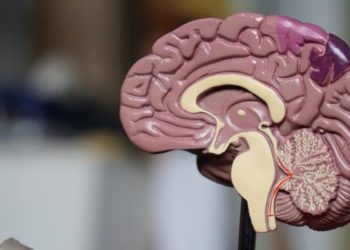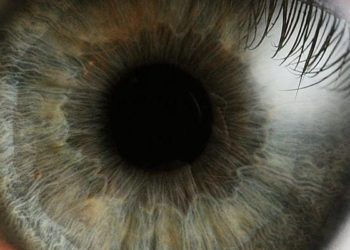Schoolchildren aged 6-8 years experiencing increased prevalence of myopia following house confinement from COVID-19
1. Following a period of house confinement and online school due to COVID-19, the prevalence of myopia increased between 1.3 and 3.8 times in 6-8 year old children, and the mean spherical equivalent refraction (SER) decreased by -0.3 diopters compared to previous years.
2. Children aged 9-13 years did not experience significant decreases in SER nor higher rates of myopia.
Evidence Rating Level: 2 (Good)
Study rundown: Myopia, also known as nearsightedness, is a common ophthalmologic condition, projected to affect half of the world’s population by the year 2050. Risk factors for myopia include limited time spent outdoors and “near work” activities, such as reading and computer usage. Due to the COVID-19 outbreak, China closed all schools at the end of January 2020, leaving 220 million children inside their homes and learning online. The current study’s aim was to examine the association between confinement related to the COVID-19 outbreak in China, and myopia development in children. Once schools re-opened in June 2020, over 120,000 schoolchildren from 10 elementary schools were tested for myopia, the results of which were compared to data from the same schools, collected annually from 2015-2019. The plethora of data available for years prior to COVID-19 was a central strength of this study. The findings showed a significant myopic shift of -0.3 D (diopters) for students between ages 6 and 8. Furthermore, the prevalence of myopia in the students increased between 1.3 times (for children aged 8) and 3.8 times (for children aged 6) compared to previous years’ data. For children between the ages of 9 and 13, the myopic shift and prevalence increase were less pronounced, but still present. The study did not analyze children younger than 6 years, which limit the generalizability of findings. Nonetheless, the results of the study identified the 6-8 years age group as a potential target for further investigations on myopia during COVID-19, which can have implications for shaping public health guidelines on eye health for children confined in their homes during the ongoing pandemic.
Click to read this article in JAMA Ophthalmology
Relevant Reading: Effect of Time Spent Outdoors at School on the Development of Myopia Among Children in China: A Randomized Clinical Trial
In-Depth [cross-sectional study]: This study was based in Shandong, Feicheng, China, where children from 10 elementary schools had undergone annual photoscreenings for myopia, defined as a spherical equivalent refraction (SER) of -0.5 D. Between the years 2015-2019, screenings were conducted in September, and in 2020, the screening was conducted in June, after school closures were lifted in China. There were 194,904 test results in total over the years, with 123,535 children (52.1% male, age range 6-13). Although the mean SER results were stable between 2015 and 2019, there were significant decreases in 2020: -0.32 D for children aged 6 years, -0.28 D for 7 years, and -0.29 D for 8 years. For those aged 9 to 13, small decreases were noted, ranging from -0.05 D in children aged 13 years to -0.12 D for 9 years. Additionally, the prevalence of myopia was increased in 2020, at 21.5% for children aged 6 years, 26.2% for 7 years, and 37.2% for 8 years (compared to the years 2015-2019, where the highest annual prevalence was 5.7%, 16.2%, and 27.7% respectively). For children aged 9 years, the prevalence of myopia was 45.3% in 2020, which was not significantly different from 43.5% in 2018. And for children aged 10 to 13 years, the prevalence of myopia was not the highest in 2020.
Image: PD
©2020 2 Minute Medicine, Inc. All rights reserved. No works may be reproduced without expressed written consent from 2 Minute Medicine, Inc. Inquire about licensing here. No article should be construed as medical advice and is not intended as such by the authors or by 2 Minute Medicine, Inc.





![Engineered stem cells mitigate liver damage caused by radiation [PreClinical]](https://www.2minutemedicine.com/wp-content/uploads/2014/12/Human_embryonic_stem_cells-75x75.png)
